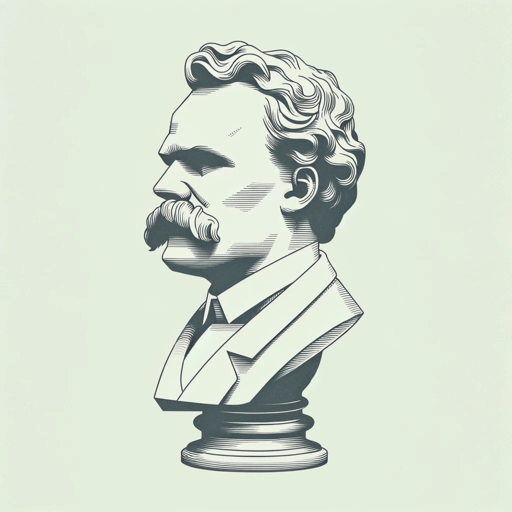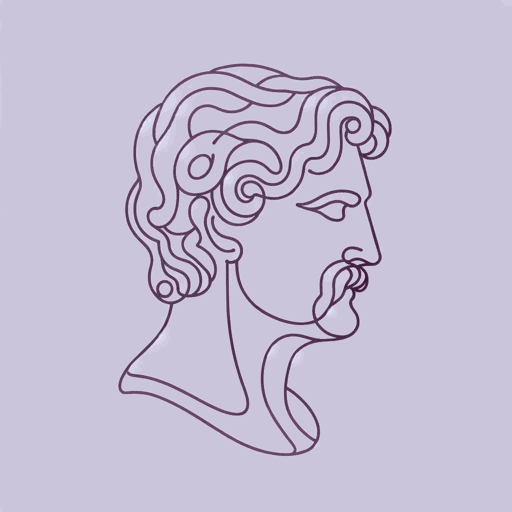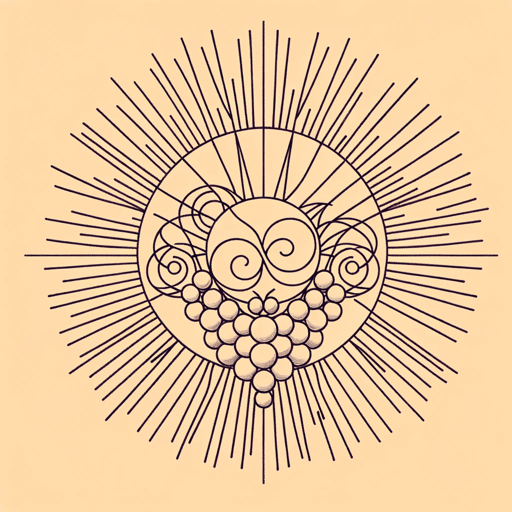32 pages • 1 hour read
Friedrich NietzscheThe Birth of Tragedy
Nonfiction | Book | Adult | Published in 1872A modern alternative to SparkNotes and CliffsNotes, SuperSummary offers high-quality Study Guides with detailed chapter summaries and analysis of major themes, characters, and more.
Index of Terms
Apollonian/Dionysian
Nietzsche's defines the Apollonian and Dionysian as the two opposing forces or characteristics found in art generally and ancient Greek tragedy in particular. The Apollonian force is associated with the cult of the sun god Apollo and its characteristics are calm, balance, and discipline. The Dionysian force is associated with the cult of the wine god Dionysus, and its characteristics are wild abandon and unrestrained passion. Nietzsche argues that a balance of these two forces produces great art and social stability.
Greek Chorus
In Greek tragedies, the chorus is present as a group of actors who offer songs and commentary on the play’s action, often interacting with the main actors directly. By emphasizing the collective as opposed to the individual, Nietzsche considers the Greek chorus to have played a pivotal role in conveying the essential, Dionysian element in Greek tragedy.
Satyr
In Greek myth, a satyr was a creature that was part-human and part-horse or goat, noted for riotous and lascivious behavior. In Chapter 8, Nietzsche links the satyr character with the Greeks’ desire to hold on to their Dionysian past.
Related Titles
By Friedrich Nietzsche

Beyond Good And Evil
Friedrich Nietzsche

On The Advantage And Disadvantage Of History For Life
Friedrich Nietzsche

On the Genealogy of Morals
Friedrich Nietzsche

The Antichrist
Friedrich Nietzsche, Transl. H.L. Mencken

The Gay Science
Friedrich Nietzsche

The Will to Power
Friedrich Nietzsche, Ed. Walter Kaufmann, Transl. R.J. Hollingdale

Thus Spoke Zarathustra: A Book for All and None
Friedrich Nietzsche

